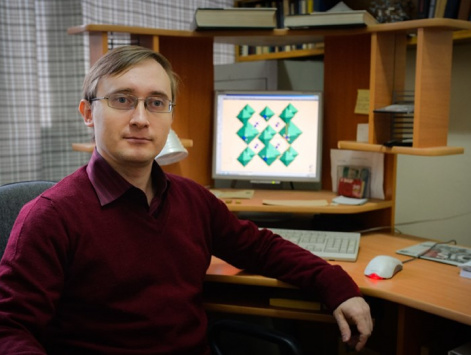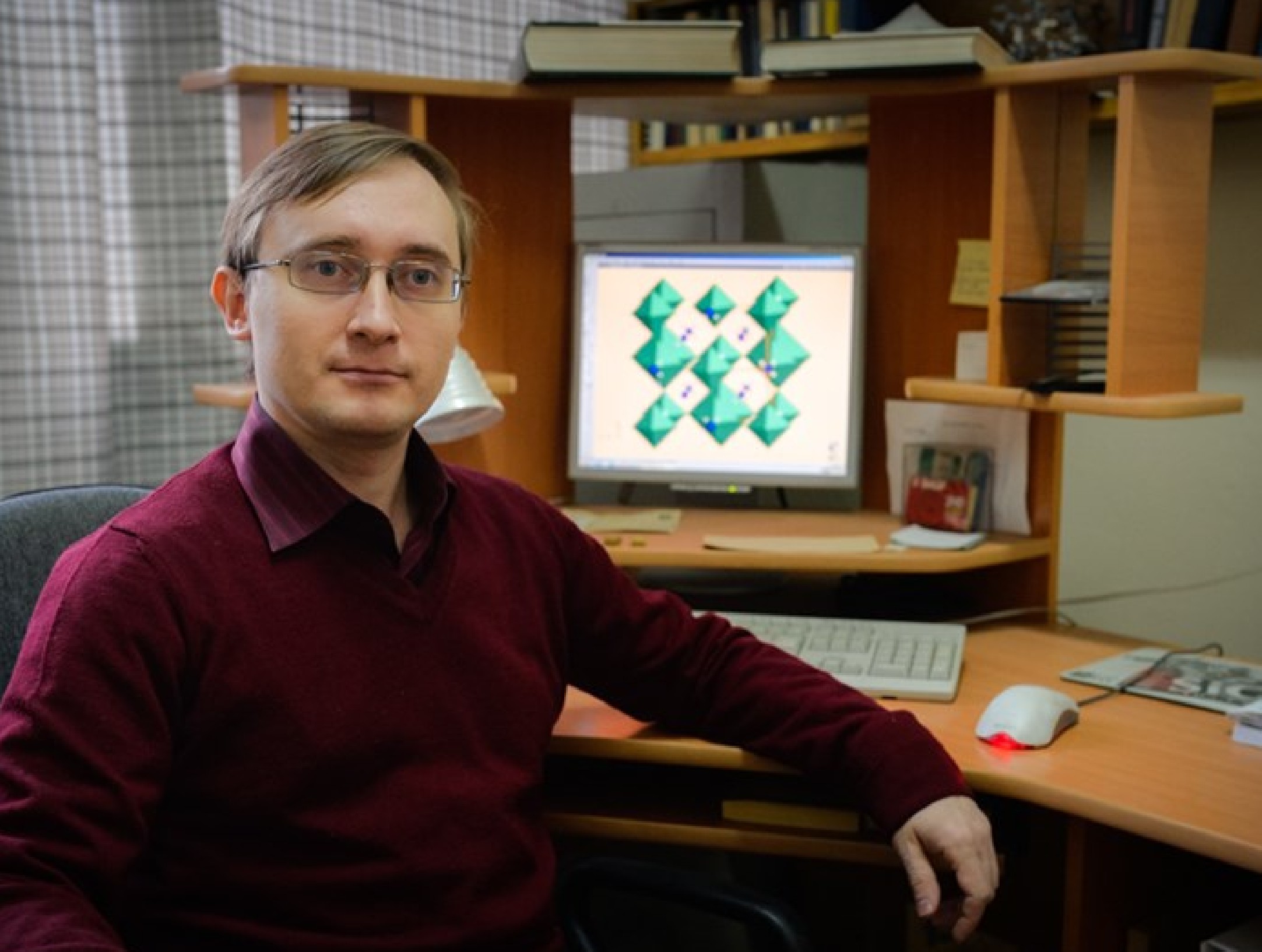The structure of a new type material has been determined
25 April 2019 г.

For updating structural databases it is important to discover and study materials of a new type. To understand the positions of atoms in an object, to decipher the earlier unknown structure and to estimate its parameters and characteristics scientists use x-ray structure analysis, which allows establishing a correlation between the atomic structure of a sample and space distribution of the x-ray radiation intensities re-emitted by this sample. One of the task is, for example, to determine the structure of various synthetic luminophores (substances capable of transforming different kinds of energy to light energy, or to emit light) since they show a high index of color rendering. The study of the light emitted by them can aid in finding the substitution to traditional light sources.
Thus, specialists have synthesized a new compound Ba3CaK(PO4)3 and doped it with europium and manganese ions.
What material is Ba3CaK(PO4)3, which approaches have been used to solve the problems of its structural analysis, as well as, what is the practical application of this research – the information about all this is provided by a Krasnoyarsk scientist Maxim Molokeev, Candidate of Physical and Mathematical Sciences, senior research associate of the Laboratory of Crystallophysics of the Kirensky Institute of Physics SB RAS, one of the most cited scientists in Russia in 2016 according to Clarivate Analytics.
«Usually, together with our colleagues from China we synthesize single crystals and powders already known in science and only slightly modify their structure, e.g. by adding other chemical elements. In this case, in the course of conventional synthesis, by chance, a powder was obtained whose structure had not yet been known. Naturally, it was first necessary to solve its structure, i.e. to determine the atoms in the material and their positions with respect to each other. It was my task, says the Russian physicist and he further emphasizes that to determine the structure of a powder is much more difficult than in the case of a single crystal; however this task was accomplished. The compound turned out to be absolutely new and in the structure databases there were no similar compounds, thus we discovered a new structure type which can be modified and whose physical properties can be studied further. Moreover, recently we have already made some modifications, namely doped it with Eu and Mn ions. Having analyzed a great number of samples we have found out that at a concentration of 1% Eu and 20% Mn a remarkable luminophore is obtained which emits white light, and thus, can be used for stimulating the growth of plants.
A crystal structure consists of groups of atoms/molecules, which repeat themselves like a pattern on wallpaper, though not in a single direction but in three dimensions in space, forming a three dimensional lattice. In studying the structure of a new substance, it is important to understand the arrangement of atoms in this particular block, which is an independent part of a crystal unit cell. In other words, to study the curls on the “pattern” to be repeated on the whole “wallpaper”. All the properties of the material depend on the type of the atoms being introduced and on their positions relative to each other. Since it was known that the substance under study contained Ba, K, Ca, P and O, the task of the scientists was to understand which amount of these elements was located in the independent part and to determine their exact positions, leading to understanding their atomic environment. The symmetry of their arrangement is also important since this could assist in obtaining additional knowledge concerning the symmetry of the field around the atoms which influences the properties of the atom itself. In other words, an atom in each particular environment behaves differently.
Complete text: "Scientific Russia"
Share:

